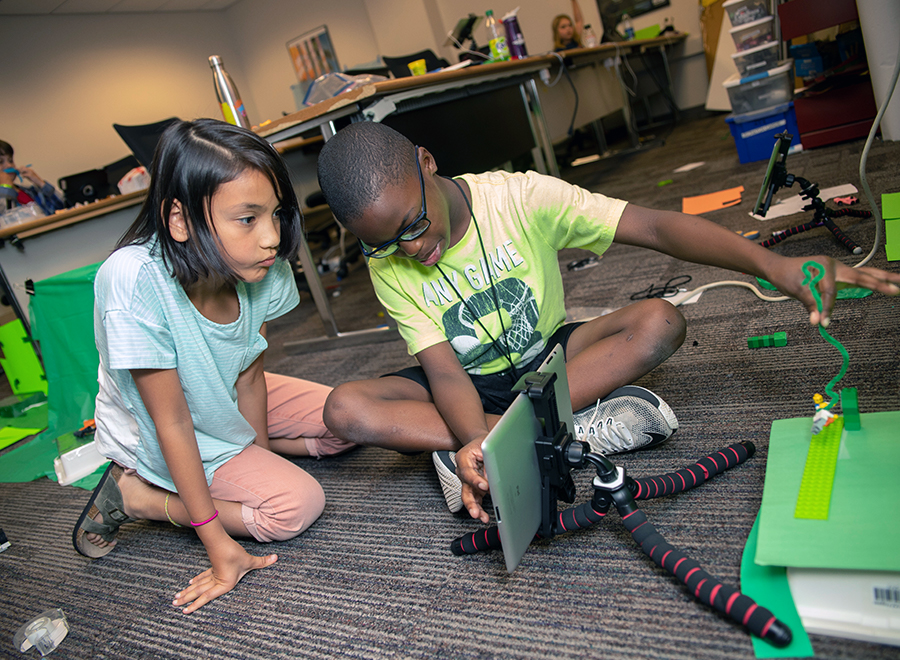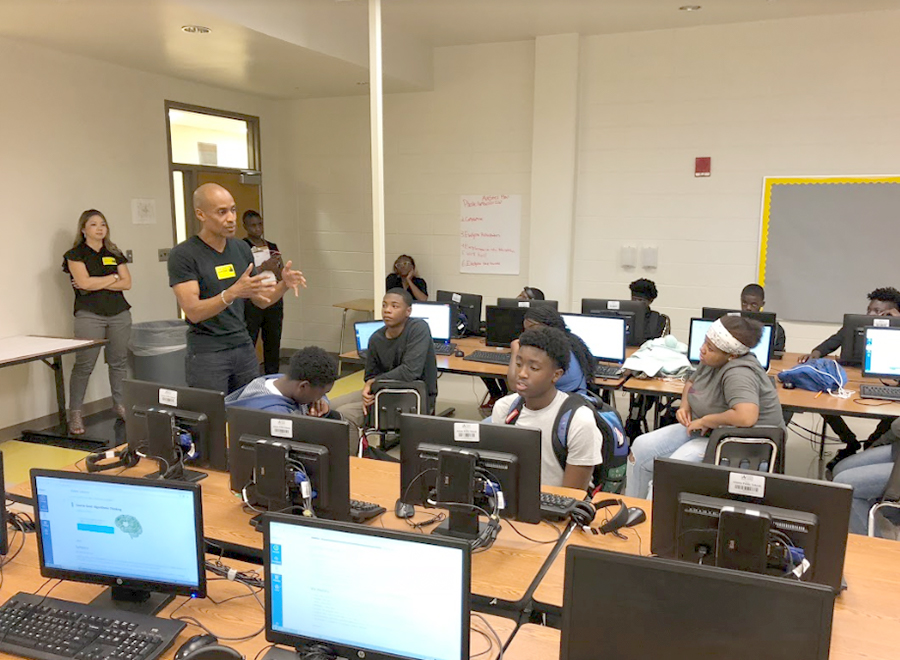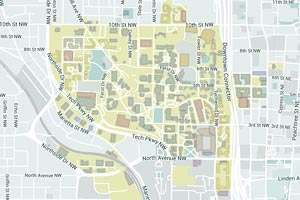
Changing Perspectives on Computer Science Education, Part I
Redirecting Efforts and Commitments Where It Is Deserving of Our Attention
For years, American education had seen a steep decline in post-secondary enrollment into computer science, in particular with female students, as well as a long history of people of color (Black, Hispanic/Latino) not represented in the discipline. Moreover, research on computer science education shows that teachers and students, even at the high school level, have a general disregard for computer science based on how they perceive the discipline is shaped by those they see enrolled in computing courses, namely White or Asian males. In Stuck in the Shallow End: Education, Race and Computing, teachers and students described the study of computer science as one that is time-consuming, geared for those that are deemed highly intellectual and have had prior experience to computer programming. These perceptions are often aligned with racial and gender divides and create gross misconceptions about who can and cannot participate and moreover achieve in computer science.
At the Constellations Center, much of my focus revolves around changing perspectives about how underrepresented students can experience quality computing education. It’s not lost on me that there are not enough teachers to teach computer science, particularly the higher level courses that can streamline the path to college-level studies in computing. The teacher shortage issue poses substantial problems in reaching equity. Our nation’s colleges cannot produce enough computer science teachers fast enough and demands for certification are cumbersome for teachers to attain. Computer science education efforts should provide solutions to these barriers, but what must also be considered is an innovative solution to reach students now. I’m not speaking of students in economically stable communities. Schools in these communities more often have a process in place to offer high-level STEM courses, including computer science. I’m directing proposed solutions specifically toward students in low-income communities and low resourced schools.
We can’t wait anymore. This problem requires a combination of leveraging technological solutions accompanied by an effective professional development strategy. A hybrid model of instruction whereby a teacher-friendly and student-friendly platform encompasses solid instruction of computing content and the teacher becomes a course facilitator, effectively motivating student learning in the classroom. Some best practices to implement in this model would include a learning management system featuring automated responses and scoring, students experiencing learning at scale with peers in the same city or across their state, and flexibility to allow hands-on learning led by the facilitator.
Recruiting teachers to teach computer science, at least at the high school level, is largely being done with existing Career and Technology Education (CTE) teachers, or teachers in other disciplines who have taken an interest or have been convinced to teach computer science. With a hybrid instruction model, teachers are relieved of extreme pressures to become immediate and complete experts in teaching a subject that is new to them, which we know does not happen by simply attending a week-long summer institute. With access to on-demand resources that provide steady and on-going professional development, a hybrid instruction model allows teachers the time to learn the subject matter as they are facilitating the course. This way, over a sustained period of time they can increase their efficacy in the knowledge and skills comprised in the computing course they are facilitating.
This hybrid model, however new or implemented in various forms, is not the norm in American education. If we are to democratize computing in the sense of providing high-quality computing education specifically in schools with little or no resources to do so, operationalizing a technological solution with a method for increasing teacher efficacy is the optimum way these schools can ensure their students will obtain this opportunity. The challenge is paramount and there certainly are numerous pundits who will defy this possibility with an inclination to remain loyal to the current systems in place for traditional brick and mortar educational experiences. I don’t agree entirely with this view. Advances in technology that exists today have changed how we think and learn and my view of traditional schooling has evolved. For computer science education to thrive in our nation, it not only has to be accessible but also innovatively accessible. I’m advocating for access to computing courses that reduce barriers, limits bias, supports teacher growth over time, and gives students a chance at post-secondary education. Without this, students of color in poor communities will continue to face an uphill battle to obtain top-level opportunities in a workforce demanding computational abilities.
High School Computer Science in Atlanta

There are seven counties that separate the school systems in the Atlanta Metropolitan area. In the 2017-18 academic year, every school system within these seven counties that had two or more public non-charter high schools had two or more public non-charter high schools offering at least one section of the Advanced Placement® Computer Science A (AP CS A) or the AP Computer Science Principles (CSP) course, or both. Except for one. The one school system is Atlanta Public Schools (APS). Schools in APS are located in the southern part of the city of Atlanta and within close proximity to Interstate 285 that loops around the city. The average yearly household income in this community is approximately $29,000 and the clear divide between north and south Atlanta is in its people. The majority of families living in south Atlanta are Black. White families live in North Atlanta. APS alone consists of 80% Black, 7% Hispanic and 12% White students. Of the ten public non-charter high schools in APS, only three have White students enrolled. According to the AP Course Ledger, in the last two academic years, there is only one public non-charter high school in APS that offered an AP computer science course, AP CSP, with a teacher in the classroom. When visiting this school last spring, the Assistant Principal disclosed that the teacher had left the school in December, in the middle of the school year.
It shouldn’t matter where students go to school, except that it does. Students attending schools in low-income communities are trusting the system they’re in to guide them to obtain the finest educational experiences and options possible. They have very little choice other than to do so. Students attending well-resourced schools are more likely to have the best educational options already planned out for them and from a very early age.
The Constellations Center is dedicated to developing and deploying well-designed, comprehensive, and rigorous online computing courses to students in APS high schools and schools alike in low-income communities across Georgia and the nation, but we’re starting in APS first. We’re starting there because the nature of the school system in the second most segregated city in the nation is certainly more than deserving of our attention. They and other districts alike warrant more commitment from this computer science education community. As such, we can’t keep going to the successful STE(A)M schools by the masses and helping them out. We have to be in systems where there is no justice in computing education and make it right.



